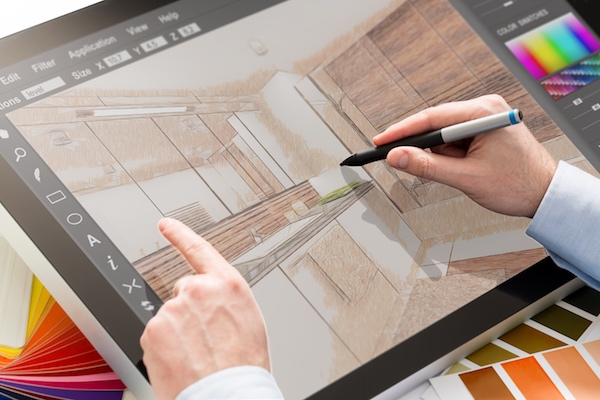
4 steps for successfully working with an interior designer
It doesn’t matter if you found your interior designer through a glowing recommendation from a dear friend or an intense amount of research on the city’s most sought-after decorator, there are steps you can take in the process of working with together to ensure the end result is the luxury home of your dreams.
Step 1: Get Down to Business
Get a good understanding of how your interior designer will charge you, the billing terms and the scope of work. There are two ways designers typically will bill clients: Either the designer charges an hourly fee (with or without the cost of materials) or he or she charges the retail price for merchandise purchased for your home and takes the upcharge as the fee. As for the scope of work, discuss and agree upon what the designer will be responsible for and get it in writing. For example, will the designer be pulling together a room with existing pieces, making furniture recommendations or doing a floor to ceiling makeover including all the shopping and material sourcing? Agreeing on exactly what work your designer is doing in advance of starting the project is critical. Request a detailed budget to make sure you are on the same page with cost.
Step 2: Speak the Same language
Be clear about what mood or style you want to live in. A picture speaks a thousand words. To make sure you and your designer are speaking the same language, collect images of rooms and products that resonate with you. You can create a shared inspiration board on Pinterest as a way to provide visual cues to communicate your personal style more clearly than using general terms like “modern” or “eclectic.”
Interior designers’ work goes beyond paint colors and upholstery fabrics. They design floor plans based on how you want to utilize the space, accounting for the architectural elements and flow of each room. They can help you balance aesthetics with function while paying mind to details such as working around electrical outlets and storage space.
With this in mind, you will want to make sure your designer has a lot of tools in his or her proverbial chest so they can draw from different styles and solutions to make your unique space personalized and functional. Good designers can jump around from designing for a rustic beachfront home to a glamorous penthouse foyer. The best way to make sure your designer can make your vision a reality—or even better, give you better ideas than you could ever dream up—make sure your designer has range.
Step 3: Avoid Pigeonholing Your Designer
After you feel confident your designer has a sense of what you like and you have agreed to billing terms and the scope of work, stand back a bit and give the professional some room to create. Allow your designer the room to do what they have the training and experience to do.
Step 4: Allow Yourself to Open Up
The designer/client relationship can be a very intimate one. Let your designer know as much about you and your family as you can. For example, does your spouse have a piece of art from a previous relationship you’d rather see go to storage? Are you concerned an aging parent may come to live with you in the near future? While these details feel very personal, they are very valuable for a designer who is planning a space you and your family to love and feel comfortable in.

